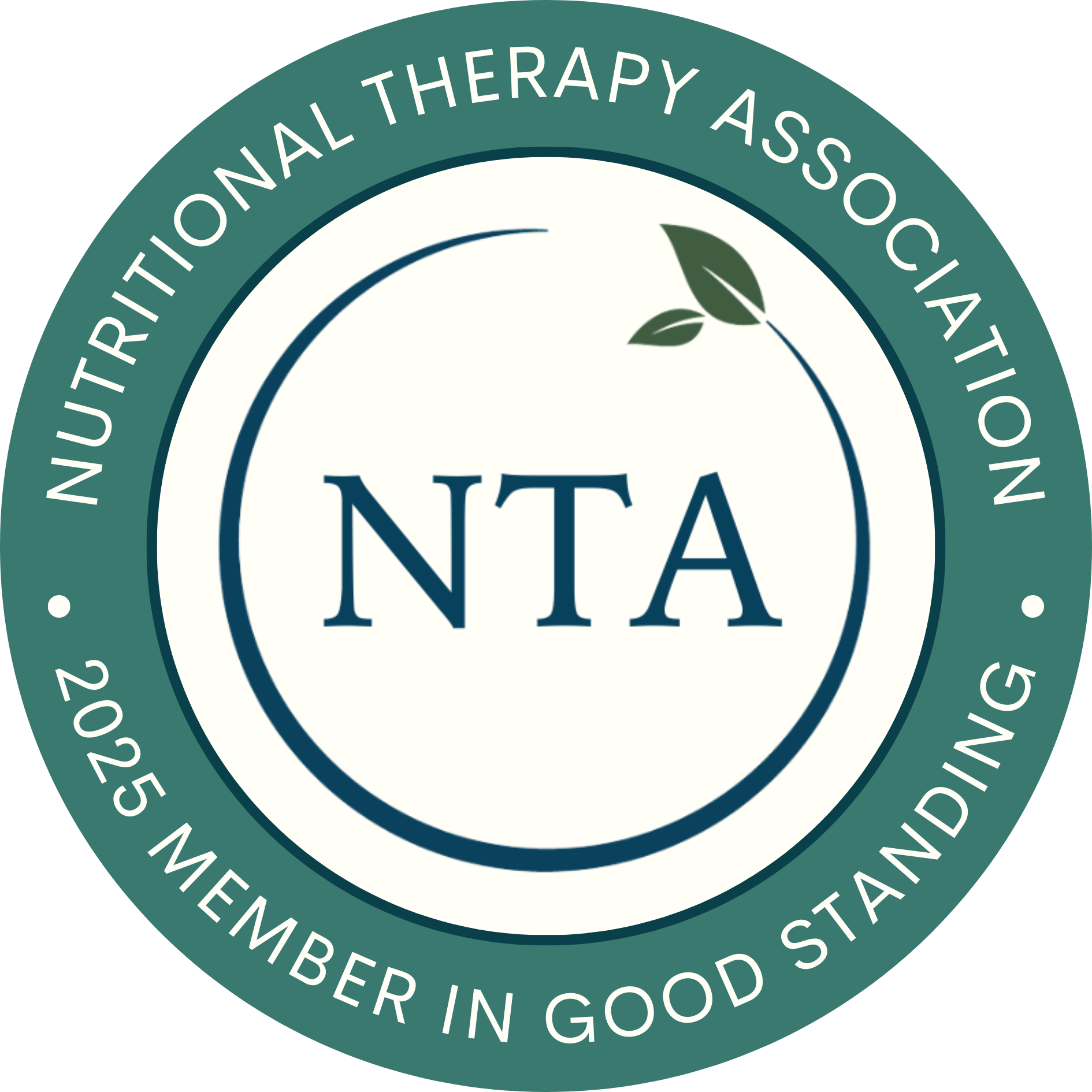Minerals Tip #1: The Pre-Meal Preparation and/or Appetizer Course

Foundation: Nutrient-dense diet – building blocks (minerals)
Please note that while these lifestyle tips are intended to support your mineral health, please remember, holistic nutrition is not a substitute for medical advice or for your family physician or other appropriate healthcare provider. If you suffer from a medical or pathological condition, you need to consult with an appropriate healthcare provider. A Registered Holistic Nutrition Practitioner is not trained nor licensed to diagnose or treat pathological conditions, illnesses, injuries, or diseases or prescribe medications.
Every individual is different and your unique needs and bio-individually should always be honoured.
Please disregard, if they are not appropriate for you.
You may recall that one of the 7 co-factors for calcium absorption in the body is optimal digestion.
Let’s start there with this week’s lifestyle tip to support your mineral health.
In my previous posts on Don’t eat at your desk – just don’t and Loving your digestion during the holidays, you may also recall how much I emphasized “front-loading” our focus to the early phase of digestion – the one where we clear distractions, relax, focus on chewing, and remain mindful during the process of eating so that we are enabling our gastric secretions for digestion.
Honouring this early phase of digestion really is so vital in the rest of the process working properly – remember, digestion is a north to south process. When you get the “northern” part right, the rest of the journey has a better chance of going smoothly.
In that spirit, bringing in a pre-meal preparation and/or appetizer are simple, but powerful ways that you can ensure that the northern aspect is supported and your stomach’s pH is optimized.
In order to properly breakdown our proteins and absorb minerals our stomach must be sufficiently acidic (a pH of 1.5 – 3).
Here are 2 ideas to do this:
Ginger pre-meal preparation
Yes, I shared this recipe in Loving your digestion during the holidays, but it’s worth alluding to again.
This ginger preparation is one of my holy grails that supports my dainty digestion, so it may just be helpful to you, too!
Here it is again:
- 1 tsp of grated (fresh) ginger
- Sprinkle of high-quality salt (like Himalayan or sea salt)
- Squeeze of lemon or lime (optional)
Take it 5 or so minutes before your meal.
The appetizer course
If you are not a fan of ginger, then you might prefer just going with an appetizer instead (or, like me - both).
The French really do have so many aspects of dining and digestion right in their cuisine and the appetizer is no exception.
The appetizer course is intended to open the digestion and prepare to receive what is next to come, which is exactly what we want.
I think of it like a warm up before a workout.
Your appetizer could start with:
- A small green salad (an easy mesclun mix works)
- Raw seasonal vegetables
- A small bowl of bone or vegetable broth (with some sauteed onions and a spoonful of sea vegetable flakes mixed in)
- Cooked vegetables, with a dressing or vinaigrette to jazz it up
From this base, you’ll want to consider the addition of the following elements to support appropriate stomach acid:
- A sulphur rich food like raw onions, raw/lightly cooked garlic, or even radishes
- A sour/savoury food like a squeeze of fresh lemon, lime, or your favourite vinegar
- Pinch of high quality salt (Himalayan and sea salt are wonderful)
- Fresh or dried herbs and spices (whatever you enjoy) perhaps a shake or two of pepper or freshly chopped dill or cilantro
- A drizzle of olive oil (pumpkin seed, flax, or walnut oils are nice for drizzling as well, since they should not be heated)
- A spoonful of a cultured vegetables or homemade yogurt dip
Overall, you want to get your saliva and digestive juices flowing and you should find this combination does just that.
Keep proteins and starches out of the picture at this stage and save those for your main meal.
Buying good quality cultured vegetables can be expensive and the cheaper versions (that are vinegar based) lack the beneficial bacteria that come from a natural fermentation process, so consider making your own. It’s not that bad, I promise. If it was difficult, I wouldn’t do it.
Cultured/fermented foods have long been a staple in human history, as both a way of preserving food, but also to provide the body with incredibly valuable and diverse sources of beneficial bacteria that promote gut and overall health.
The Weston A. Price Foundation has a terrific reservoir of recipes and their Fermented Foods section offers some very basic recipes for you to start with (like the Golden Sauerkraut).
Once you feel confident with the basics, you can try some more challenging (but tasty) ones.
If all you are ready to do is stir your recipes, here is a homemade recipe that I use all the time:
My Homemade Yogurt Dip
1 cup yogurt (full fat organic is best)
¼ cup olive oil
1 tsp Himalayan or sea salt
1 tsp powdered garlic
1 tsp dried oregano, Italian spice, or dill
¼ tsp dried ground mustard
Stir & enjoy!
(Keeps in the fridge until the best before date of the yogurt)
A cultured/fermented food always has a place on my plate (most times in my appetizer), so you could see if they are happy with being on your plate as well.
I hope you find this tip supportive - it’s a great starting point to get the ball rolling on optimizing mineral absorption!
References:
Weston A. Price Foundation (Oct 2024).Fermented Foods: Golden Sauerkraut. Retrieved from:https://www.westonaprice.org/



